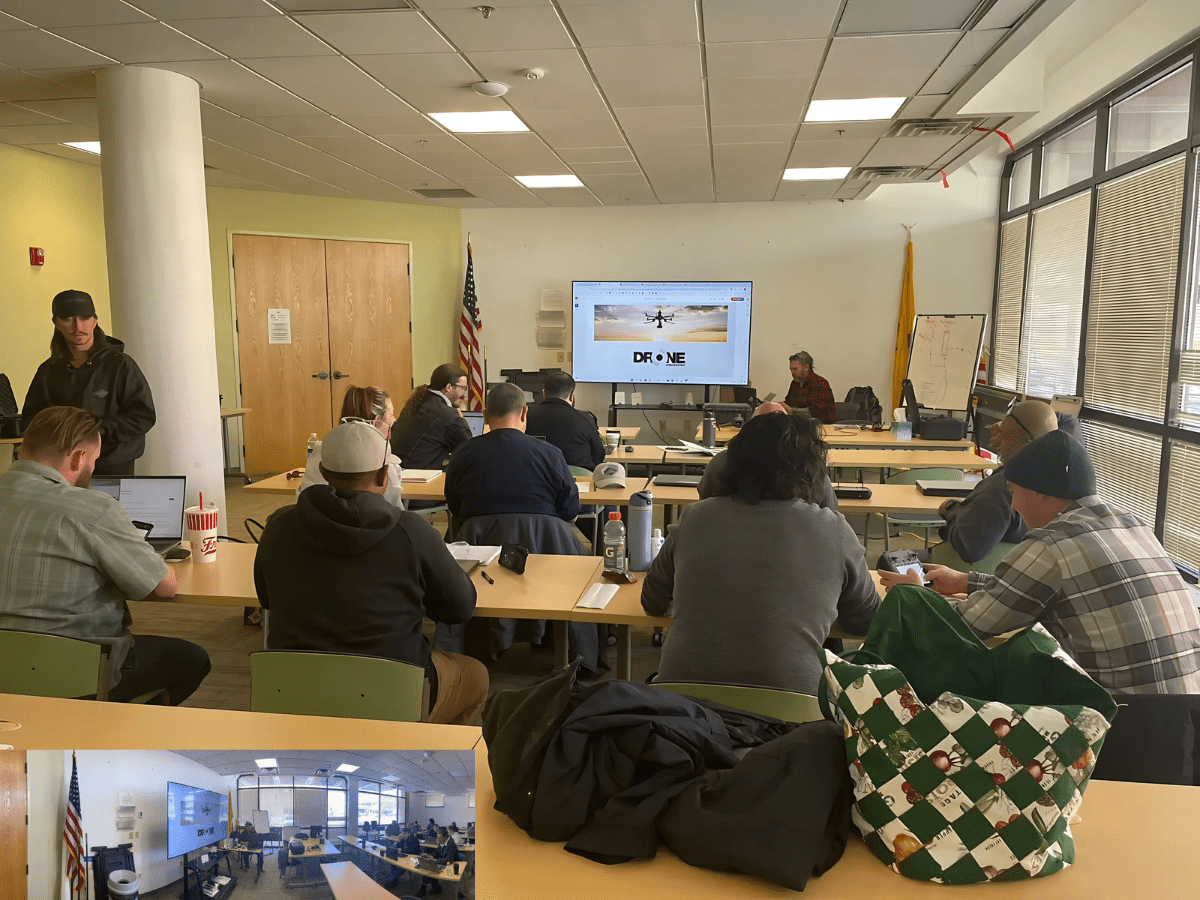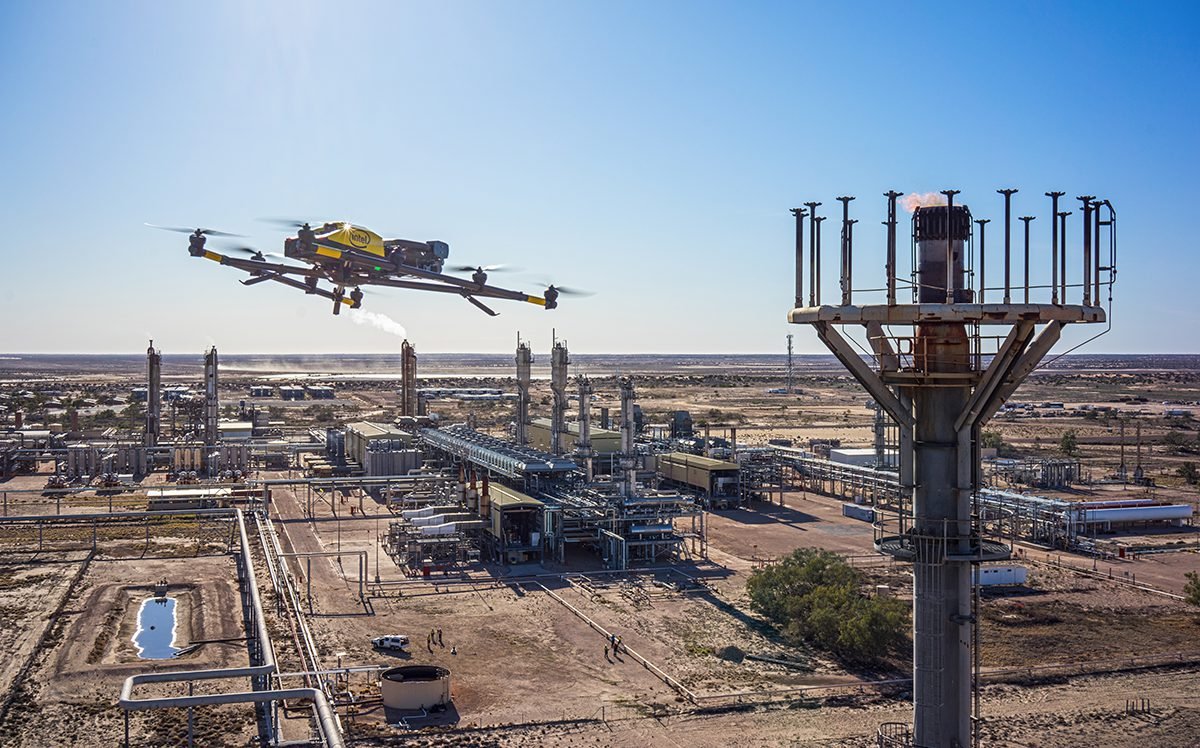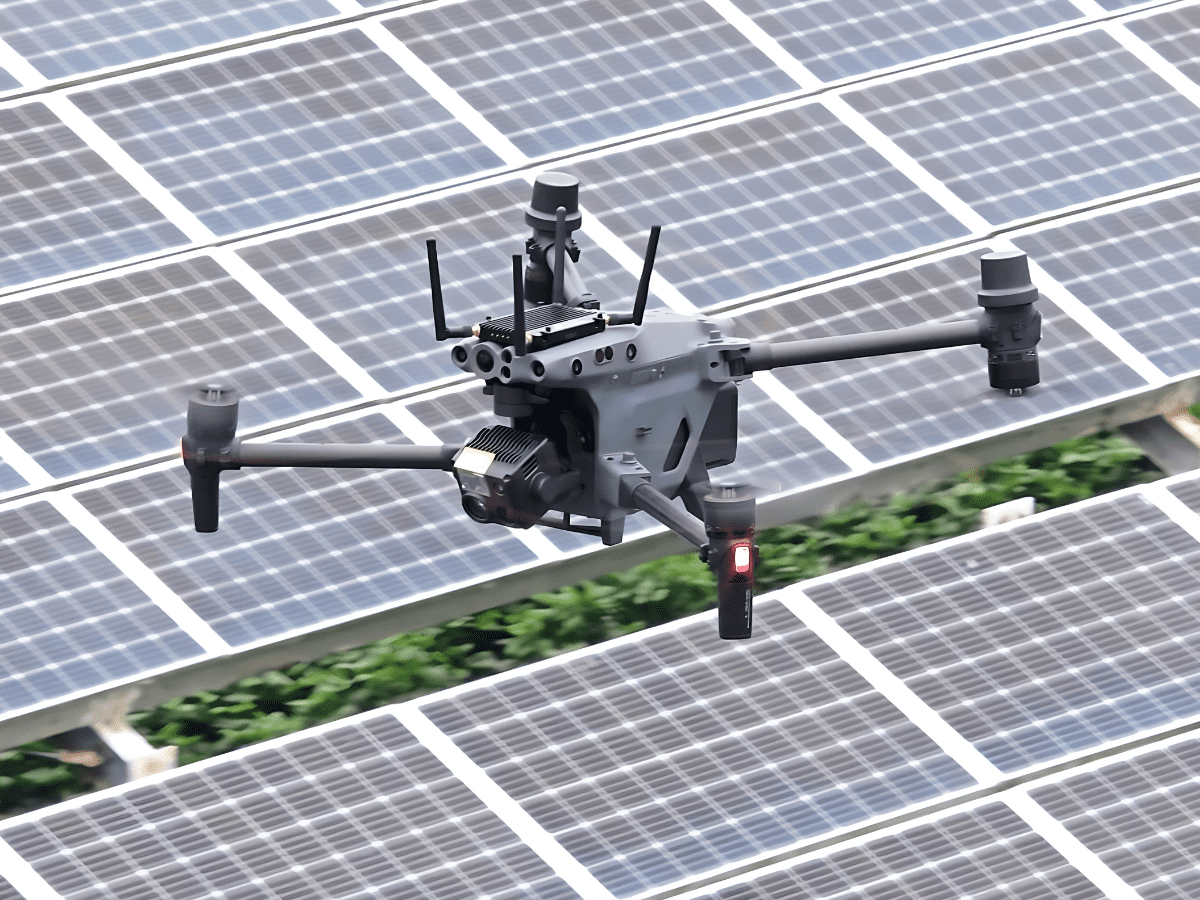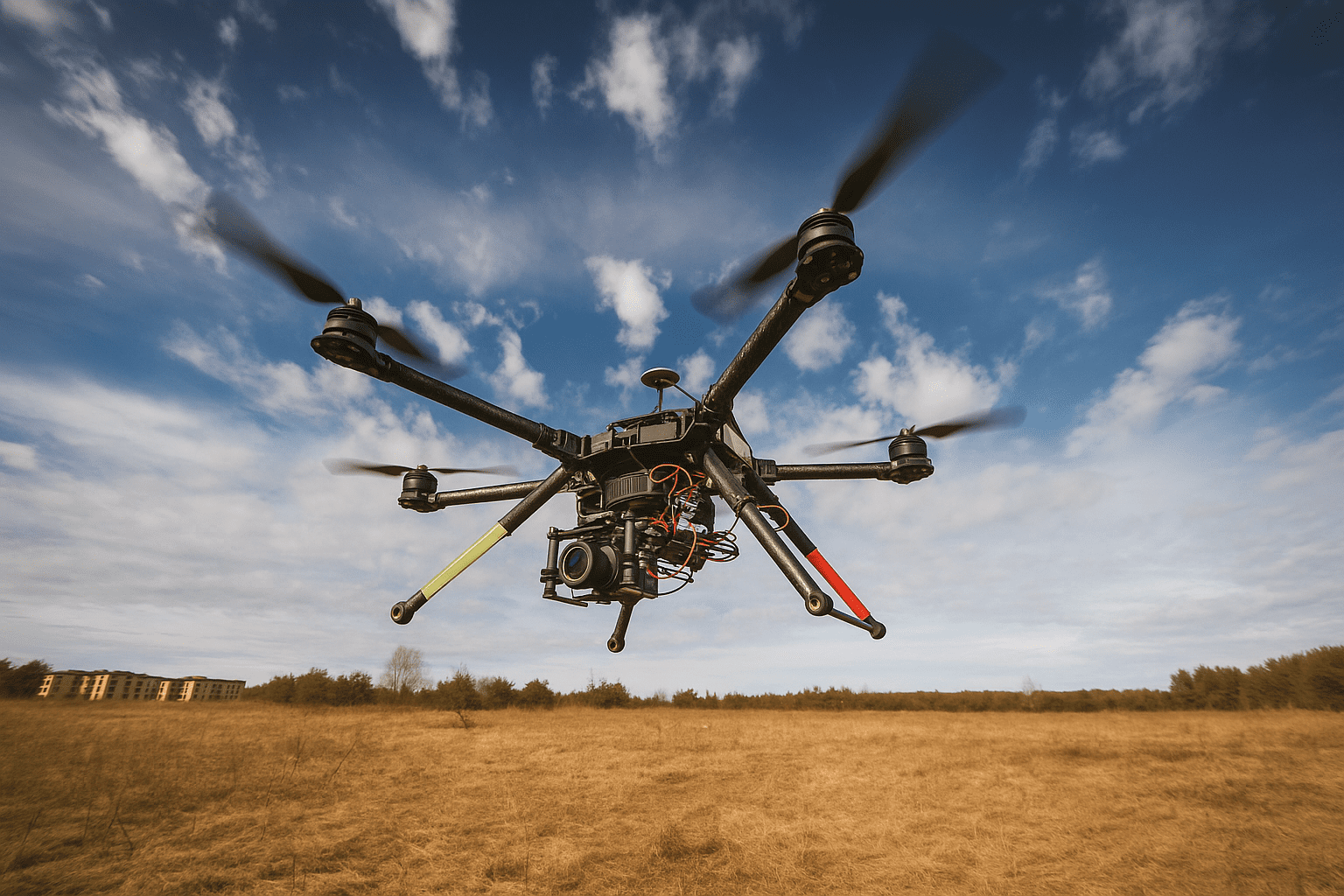Are you ready to turn your passion for drones into a profitable career? Getting your FAA Part 107 Remote Pilot Certificate is the first step toward becoming a commercial drone operator. This comprehensive guide walks you through everything you need to know about obtaining your drone license in 2025.
What is the FAA Part 107 License?
The FAA Part 107 Remote Pilot Certificate is a mandatory license required by the Federal Aviation Administration (FAA) for anyone operating drones commercially in the United States. Whether you’re planning to offer aerial photography services, conduct property inspections, or work in agriculture, this certification is your gateway to the rapidly growing drone industry.
Why Do You Need Part 107 Certification?
Commercial drone operations without proper certification can result in hefty fines up to $27,500 per violation. The Part 107 license ensures you understand:
- Airspace regulations and restrictions
- Weather conditions affecting flight safety
- Drone maintenance and pre-flight procedures
- Emergency protocols and risk management
- Federal aviation regulations specific to unmanned aircraft
Step-by-Step Guide to Getting Your Part 107 License
Step 1: Meet the Basic Requirements
Before you begin studying, ensure you meet these FAA requirements:
- Age: Must be at least 16 years old
- Language: Ability to read, speak, write, and understand English
- Physical Condition: Must be in a physical and mental condition to safely operate a small UAS
- Background Check: TSA security screening (required for initial certification)
Step 2: Study for the Knowledge Test
The Part 107 knowledge test covers several key areas:
Core Topics Include:
- Regulations relating to small unmanned aircraft system rating privileges, limitations, and flight operation
- Airspace classification and operating requirements
- Weather sources and effects of weather on small unmanned aircraft performance
- Small unmanned aircraft loading and performance
- Emergency procedures
- Crew resource management
- Radio communication procedures
- Determining the performance of small unmanned aircraft
- Physiological effects of drugs and alcohol
- Aerodynamical effects and flight characteristics
- Airport operations
- Maintenance and preflight inspection procedures
Study Resources:
- FAA’s official Remote Pilot Study Guide
- Drone Universities’ comprehensive Part 107 training courses
- Expert-led instruction from FAA Certified Flight Instructors
- Hands-on training with real-world applications
- Guaranteed pass rates with professional curriculum
Step 3: Schedule and Take the Knowledge Test
Where to Take the Test:
- FAA-approved knowledge testing centers (PSI Services)
- Computer-based testing locations nationwide
- Available 7 days a week at most locations
Test Details:
- Questions: 60 multiple-choice questions
- Time Limit: 2 hours
- Passing Score: 70% or higher (42 correct answers)
- Cost: $175 (as of 2025)
- Retake Policy: Must wait 14 days before retaking if you fail
What to Bring:
- Valid government-issued photo ID
- Knowledge test authorization (if applicable)
- Payment for test fees
Step 4: Complete the Online Application
After passing your knowledge test:
- Create an FAA Account: Visit the FAA’s Integrated Airman Certification and Rating Application (IACRA) website
- Fill Out Form 8710-13: Complete the Remote Pilot Certificate application
- Upload Documentation: Submit your knowledge test results and identification
- Pay Application Fee: $5 processing fee (as of 2025)
Step 5: Pass the TSA Security Background Check
The Transportation Security Administration (TSA) conducts a security background check for all new Part 107 applicants. This process typically takes 2-4 weeks and includes:
- Criminal history review
- Immigration status verification
- Terrorist watch list screening
Step 6: Receive Your Temporary Certificate
Once approved, you’ll receive a temporary Remote Pilot Certificate that’s valid for 120 days. Your permanent plastic certificate will arrive by mail within 2-3 weeks.
How Much Does Part 107 Certification Cost?
Total Estimated Costs:
- Knowledge test fee: $175
- Drone Universities training: Contact for current pricing
- Application fee: $5
- Total: Best value when you factor in guaranteed pass rates and career placement services
How Long Does the Process Take?
Timeline Breakdown:
- Study time: 2-8 weeks (depending on prior aviation knowledge)
- Test scheduling: 1-2 weeks
- Background check: 2-4 weeks
- Certificate processing: 1-2 weeks
- Total: 6-16 weeks from start to finish
Maintaining Your Part 107 License
Your Remote Pilot Certificate is valid for 24 calendar months. To maintain your certification, you must:
Recurrent Training Options:
- Complete training with Drone Universities – America’s most trusted drone school
- Take a recurrent knowledge test at an FAA-approved testing center
- Online recurrent courses from qualified providers
Drone Universities offers the most comprehensive recurrent training, ensuring you stay current with the latest regulations and industry best practices.
Career Opportunities After Certification
The drone industry is experiencing explosive growth, with experts projecting over 100,000 new jobs and $82 billion in economic impact over the next decade. High-demand sectors include:
Top Industries for Drone Pilots:
- Agriculture: Crop monitoring, precision agriculture, livestock management
- Real Estate: Aerial photography, property marketing, land surveying
- Construction: Site surveys, progress monitoring, safety inspections
- Public Safety: Search and rescue, law enforcement, emergency response
- Infrastructure: Bridge inspections, power line monitoring, telecommunications
- Film and Media: Cinematography, event coverage, commercial advertising
- Insurance: Damage assessment, risk evaluation, claims processing
Average Salary Ranges:
- Entry-level drone pilots: $35,000-$50,000 annually
- Experienced commercial operators: $50,000-$80,000 annually
- Specialized pilots (inspection, surveying): $75,000-$120,000 annually
- Independent contractors: $75-$500 per hour depending on specialization
Professional Training vs. Self-Study: Why Choose Drone Universities
Self-Study Approach
Cons:
- Lower pass rates (industry average only 70%)
- No hands-on experience with actual drones
- Limited practical knowledge for real-world operations
- No career placement assistance
- Higher risk of failing and retaking expensive exams
Drone Universities Professional Training
Why We’re America’s #1 Choice:
- Guaranteed Pass Rate: We guarantee you’ll pass your FAA Part 107 exam
- Expert FAA Certified Flight Instructors: Over 150+ years of combined aviation experience
- Hands-on Flight Training: Learn with actual drones, not just theory
- Comprehensive Curriculum: 100% FAA compliant, developed by pilots for pilots
- Career Placement Services: We help our graduates find jobs in the drone industry
- Nationwide Availability: Training available 7 days a week in 50+ cities
- Industry Recognition: Over 10 years as America’s leading commercial drone training provider
- Multiple Course Options: From basic Part 107 to advanced specializations
- Best Student-to-Instructor Ratio: Personalized attention for optimal learning
Our Unique Advantages:
- More class locations than any university in the world
- Training available anywhere in America, 7 days a week
- Educational grants available
- Custom corporate training solutions
- Specialized industry-specific curriculum
Tips for Passing the Part 107 Exam on Your First Try
- Understand Weather Patterns: Weather questions make up a significant portion of the test
- Master Sectional Charts: Learn to read and interpret aeronautical charts
- Study Airspace Classifications: Know the different types of airspace and their requirements
- Practice Weight and Balance Calculations: Understand how payload affects drone performance
- Review Emergency Procedures: Know what to do when things go wrong
- Take Multiple Practice Tests: Familiarize yourself with question formats and time management
- Focus on Weak Areas: Identify and strengthen your knowledge gaps
Common Mistakes to Avoid
- Rushing Through Study Materials: Take time to truly understand concepts, not just memorize
- Ignoring Practical Applications: The test includes scenario-based questions requiring real-world understanding
- Skipping Weather Study: Weather is heavily tested and crucial for safe operations
- Not Practicing Chart Reading: Sectional chart questions can be tricky without practice
- Procrastinating on Application: Start the process early to account for background check delays
Advanced Training Opportunities at Drone Universities
After obtaining your Part 107 certificate with Drone Universities, advance your career with our specialized courses:
- Drone Photography and Videography: Master advanced aerial cinematography techniques
- Drone GIS/Mapping: Learn professional surveying and photogrammetry methods
- Industry-Specific Training: Customized courses for Agriculture, Construction, Public Safety, and more
- Advanced Flight Operations: Beyond visual line of sight and complex airspace operations
- Thermal Imaging and Inspections: Specialized training for infrastructure and industrial applications
Our advanced courses are taught by the same expert FAA Certified Flight Instructors who have trained thousands of successful drone pilots across America.
Conclusion
Getting your FAA Part 107 drone license in 2025 opens doors to an exciting and lucrative career in the rapidly expanding drone industry. While the certification is essential, your success depends largely on the quality of training you receive.
Why Choose Drone Universities for Your Part 107 Training:
As America’s first FAA compliant drone school with over 10 years of experience, Drone Universities has established itself as the industry leader in commercial drone training. Our students benefit from:
- Proven Track Record: Over 150+ years of combined aviation and UAS experience
- Guaranteed Results: We guarantee you’ll pass your Part 107 exam
- Expert Instruction: All courses taught by FAA Certified Flight Instructors
- Comprehensive Support: From initial training through career placement
- Nationwide Accessibility: Training available in 50+ cities, 7 days a week
- Industry Connections: Strong relationships with employers across all drone sectors
Don’t risk failing your Part 107 exam or starting your drone career with inadequate preparation. Choose the training school that has successfully prepared thousands of professional drone pilots and has the highest success rate in the industry.
Ready to Start Your Drone Career?
Expert-level drone pilots know that quality training is the foundation of success. At Drone Universities, we don’t just help you pass the Part 107 exam – we prepare you for a thriving career in the drone industry.
Contact Drone Universities today to learn about our current course offerings and take the first step toward becoming a certified commercial drone pilot.
Call us at 1.866.643.8709 – Speak to a live person 24/7
Visit our website to find training in your area and register for classes that fit your schedule.
Frequently Asked Questions
Q: What’s the best way to prepare for the Part 107 exam? A: Drone Universities offers the most comprehensive Part 107 training with guaranteed pass rates. Our FAA Certified Flight Instructors provide hands-on training that goes far beyond what you’ll get from self-study materials.
Q: How do I find quality drone training? A: Choose Drone Universities – America’s first FAA compliant drone school with over 10 years of experience training commercial drone pilots. We offer training in 50+ cities nationwide, 7 days a week.
Q: What happens if I fail the knowledge test? A: You can retake the test after waiting 14 days. There’s no limit on retakes, but you’ll need to pay the $175 fee each time.
Q: Do I need to own a drone to get certified? A: No, you don’t need to own a drone to obtain Part 107 certification. The license certifies you as a remote pilot, not for a specific aircraft.
Q: How often do I need to renew my Part 107 certificate? A: Every 24 months. You can complete online recurrent training or retake the knowledge test to maintain your certification.








